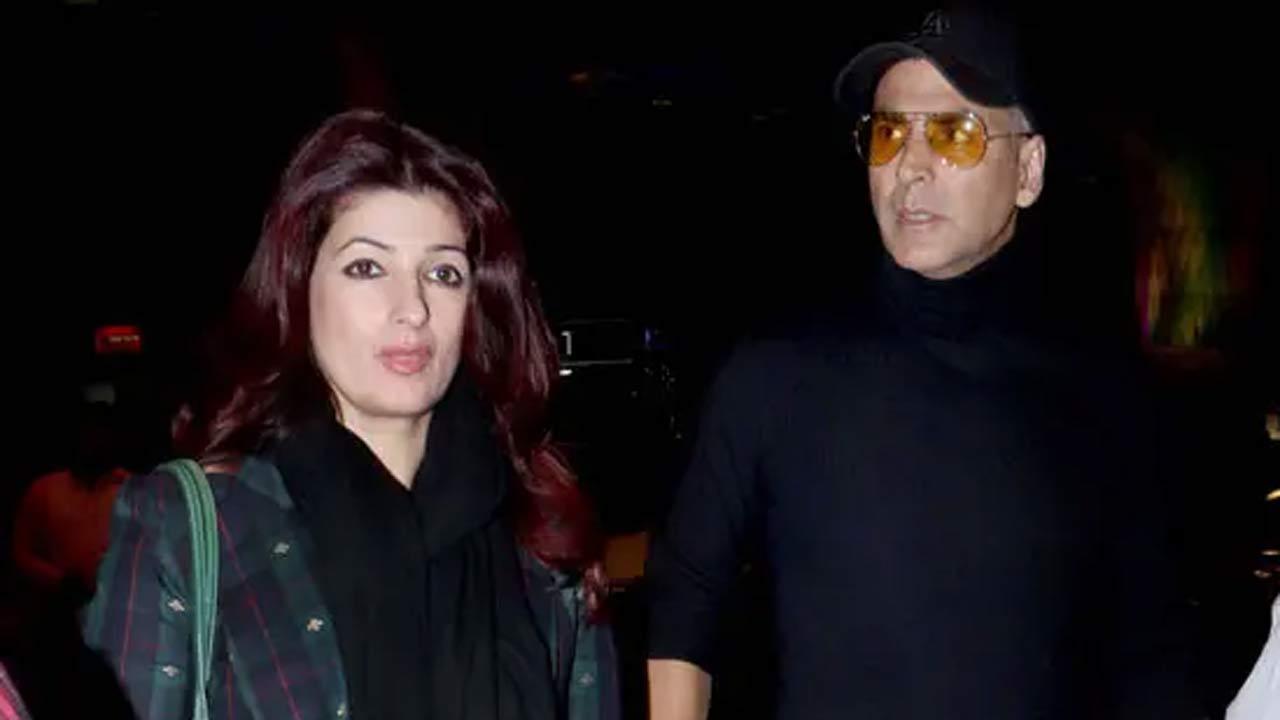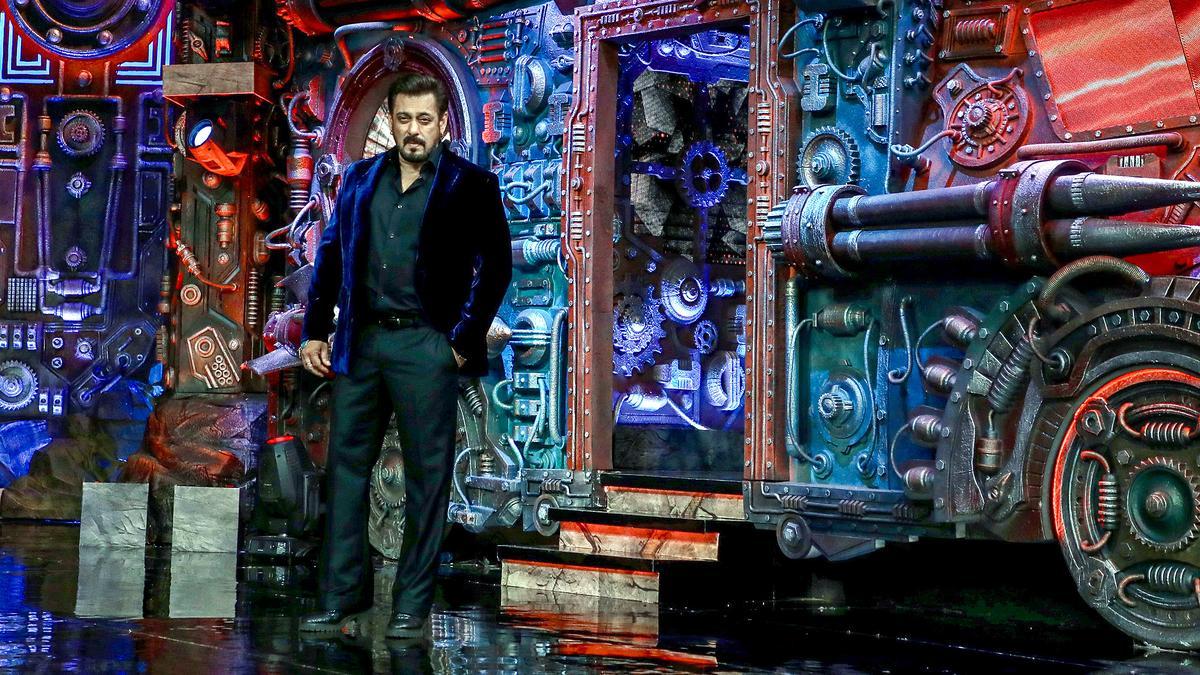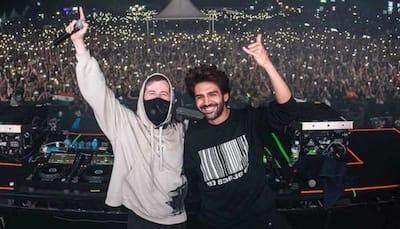
As the world celebrates the 30th anniversary of “Pulp Fiction,” where the memorable line “Honey Bunny” took center stage during Tim Roth and Amanda Plummer’s diner scene, Indian cinema takes a nostalgic turn with “Citadel: Honey Bunny.” The series, directed by the acclaimed duo Raj & DK (Raj Nidimoru and Krishna D.K.), immerses audiences in an Indian spy drama set against the vibrant backdrop of the 1990s — an era defined by its unique amalgamation of global influence and distinctly Indian ethos.
Fronting this ambitious venture are Bollywood stars Varun Dhawan and Samantha Ruth Prabhu. “Citadel: Honey Bunny” serves as a spin-off and prequel to the American action-espionage series “Citadel,” originally conceptualized by the famous Russo brothers as a sprawling multi-national franchise with stories weaved across Indian, Italian, and Mexican landscapes. Unlike the high-tech future-forward narrative of its American counterpart, “Honey Bunny” represents a more grounded and culturally flavored story arc.
The plot centers around Bunny (played by Varun Dhawan), a Bollywood stuntman, who recruits aspiring actress Honey (portrayed by Samantha Ruth Prabhu) in a high-octane spy operation. Eventually, as estranged partners, they are drawn back together by the perilous mission to protect their young daughter Nadia, who, in the “Citadel” universe, is depicted as an adult by Priyanka Chopra Jonas. Here lies the heart of “Honey Bunny”: a daring rescue mission intertwined with familial bonds — a narrative thread deeply resonant with traditional Indian storytelling.
In an engaging conversation with The Hindu, the team behind “Honey Bunny” discussed the Indian essence embedded in the series. Varun Dhawan recalled the meticulous work of the costume designer Ameira Punvani, who presented him with a mood-board infused with elements from the glory days of the late ’80s and ’90s — think leather jackets, high boots, and the iconic mullet. “I am a big fan of the late 80s and 90s, so I was just thrilled to do it,” Varun exclaimed, highlighting influences from actors such as Mel Gibson and Bollywood’s Sanjay Dutt.
Samantha Ruth Prabhu looked back on the beginnings of her career, laughing at her previous missteps while embracing the challenging range of emotions demanded by her character. “Raj & DK, alongside series developer Sita R Menon, pushed me through a mixture of emotions. Those early actress struggles are just a glimpse of Honey’s journey in the series,” she revealed, painting a picture of a set filled with both drama and camaraderie.
.
Director Raj Nidimoru shared his initial skepticism about adapting an established story line but soon found welcome freedom under the guidance of the Russo brothers. “The American way is usually very streamlined, but we had the room to interpret the story differently. We created agents like Honey and Bunny who align perfectly with the 90s Indian setting, diverging from the American tech-focussed angle,” Raj explained.
Varun Dhawan emphasized the immersive process that he believes is essential for authentic storytelling. A particularly poignant moment for him was a dialogue-heavy scene with Samantha that required minimal cuts to maintain its emotional integrity. “As a performer, I want the audience to feel what my character is feeling,” Varun asserted.
Samantha opened up about the physical demands of shooting an intense car chase sequence, mentioning that her perception of the stunt evolved through the numerous takes. “We thought it might be easier, but it turned out to be really difficult, requiring synchronization between the three of us with the swerving car,” she recounted, admitting the challenges behind the glamorous facade of an action sequence.
Both Varun and Samantha agree on the critical value of making Indian shows distinctive, tapping deeply into local culture to stand out in a global marketplace. Varun drew a parallel with Japanese shows like “Shogun,” appreciating its cultural authenticity. Samantha echoed these sentiments, praising Raj & DK for their uncompromised vision.
Raj Nidimoru closed the conversation with a nod to the vast potential of Indian shows waiting to surface internationally. He expressed optimism for a future where Indian content finds its place and acclaim on the global stage, citing “Once we have enough exposure, any of our shows could potentially be the next big thing.”
In a time when the lines between regional and global cinema are increasingly blurred, “Citadel: Honey Bunny” endeavors to bridge cultures while staying true to its roots. With its nostalgic nod to the 90s and its intense emotional core, it stands as a testament to the timeless allure of Indian storytelling.










